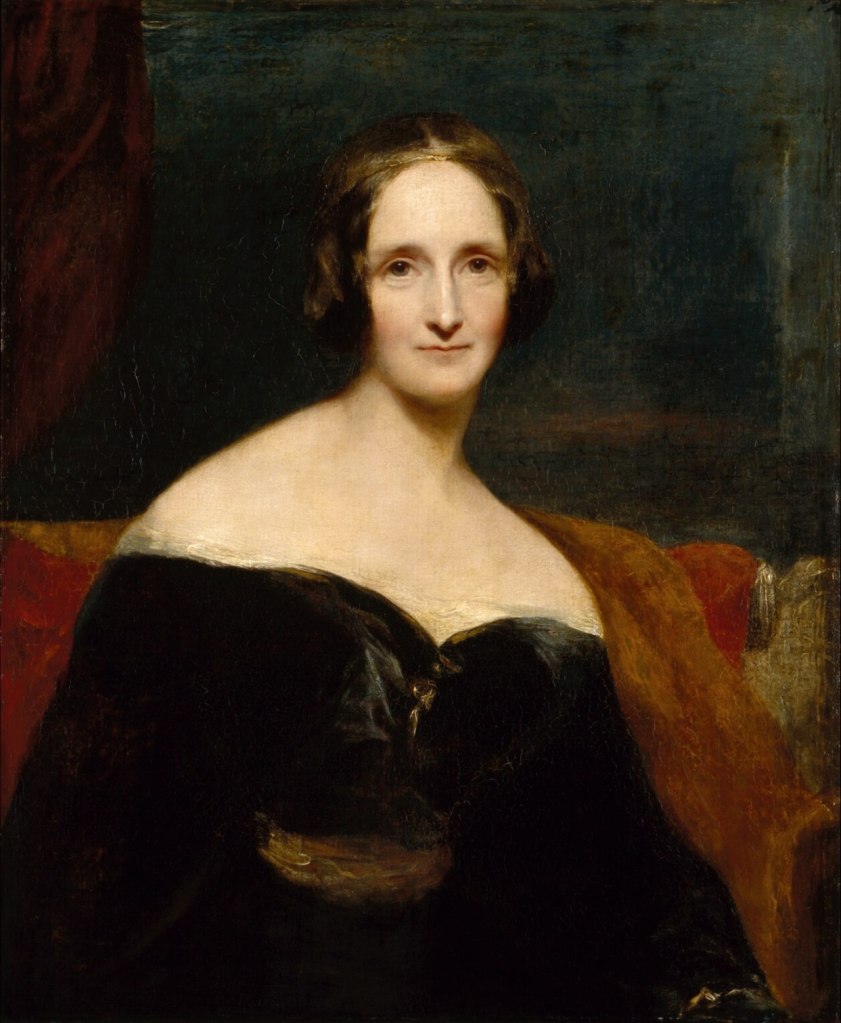Returning to a classic, we examine the titular character of Mary Shelley’s 1818 gothic-horror novel Frankenstein and how his behaviours and actions have resonance today.
A personal goal for 2021 is to read more. I figured I’d start this adventure with a classic, and personal favourite, Mary Shelley’s 1818 Frankenstein.
Why Frankenstein? It has been a decade since I first picked up the novel for an assignment in my first year university English class. I have such vivid memories of this enthralling and harrowing tale so I needed to see if my memory held up. It did.
If anything, 10 years of lived experience between readings has given me a more mature point of view on the events of the novel.

Source: Wikimedia Commons
Fellow TMR contributor Adriana Wiszniewska wrote back in 2018 that Frankenstein is a story with which we all have some familiarity, whether it be from reading Shelley’s novel or being subjected to the Hollywood adaptations and their associated images. Not only that, but Adriana writes that the story of Frankenstein is one we continue to come back to, so I feel it is appropriate to give the novel another look. This time, looking at the titular character and his motivations, his downfalls and his ultimate demise.
We are introduced to Victor Frankenstein, the child of an upper class Genevan family in the 18th century. His upbringing is one of privilege. He demonstrates intellect, compassion for his family and an eagerness to go to university to advance his studies and expand his mind. All good intentions.
Now, I have historically been critical of Victor. Upon rereading, these feelings toward him do not change. Victor is motivated by his own ego and self interest. He chooses to create a living creature to prove that he can. He chooses to make it at a behemoth proportion for his personal ease. He chooses to abandon the creature instead of accepting his parental responsibilities. He chooses to remain silent while his closest friends, family members and confidantes die at the hand of the creature. Not only all of that, but he’s so self-absorbed that when the creature remarks he will come after Victor on his wedding night, Victor naturally assumes it will be his death at the hand of the creature.
While we can rag on Victor as the true villain of this story, his actions (and inactions) are what lead to his ultimate demise. But what are the lessons here? I can’t help but feel if Victor was honest with his family and friends about the creature, the outcome would have been drastically different for everyone involved. And are we so harsh as to not sympathize with Victor and his personal fear of failure? His family’s expectations of him seem to allege that he is a golden child who cannot do wrong or misstep in any way. Is there not a societal and familial pressure that could drive one mad, independent of the external appearances he feels he must keep up?

It is recorded that Mary Shelley’s idea for this novel came out of a dream she had. While a looming creature given life by the hands of an ambitious and green young adult conjures up frightening imagery, the novel clearly explores fears around adulthood, responsibility and accountability – universal anxieties I feel many of us have experienced to some degree.
While I hope no one is attempting to be a modern Prometheus in this day and age, I do think we can stop, take a minute to breathe and sympathize with the fact that the future is uncertain. Change is constant. And while we might be frightened by the “creatures” in our shadows, perhaps being frank and honest about them will benefit everyone.

Love this take on the story! Now I want to re-read Frankenstein again haha.
LikeLike